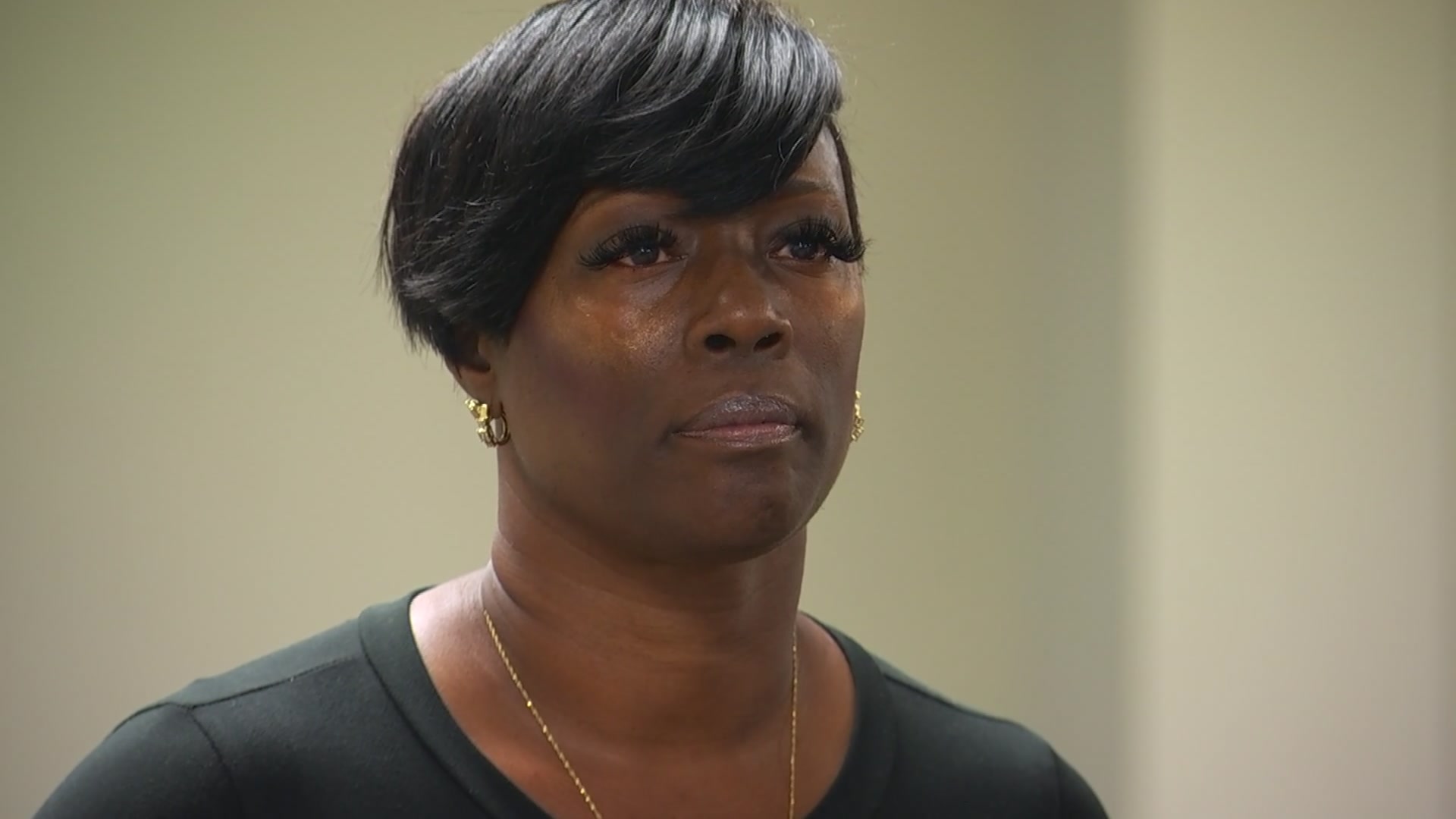It's been five months since an NBC 5 investigation first revealed a radar system that could warn of approaching tornadoes up to ten minutes faster was sitting in a warehouse, because of a funding snafu.
Now the first two radar dishes are just weeks away from being installed. But, the project’s still not getting some help it hoped for from the federal government.
In April, NBC 5 Investigates uncovered how the CASA radar system was in limbo, because the Department of Homeland Security turned down a request for the final $150,000 needed to install the first four radar dishes. DHS said the system did not meet the technical requirements of the grant the project was applying for.
So, in April when more than a dozen twisters touched down in the Dallas-Fort Worth area, the CASA radar was not available to warn people faster. Then, during the entire spring and summer storm system that followed, it remained in storage at DFW Airport.
"That's devastating to me to know that was sitting there, that's sad," said Roberta Minnono, who was sucked up into the April tornado that destroyed her house in Kennedale.
"I thought we were going to die. I did. I thought we were going to die," said Minnono. "And I'm trying to dodge the propane tanks and the barbecue grills and all the big pots and pans and just everything you can imagine was in there."
In tests the CASA radar has been shown to give up to ten minutes of earlier warning.
"Here we're talking about minutes, so you have to make decisions right away," said Juan Ortiz, Emergency Management Coordinator for the City of Fort Worth, and a member of the CASA Advisory Board.
After we alerted local congressmen of the problems in April, organizers told us it appeared more money was on the way.
"We got contacted a couple days after the story," said Molly Thoerner with North Central Texas Council of Governments.
Local
The latest news from around North Texas.
The State's Emergency Management office offered to help the CASA program apply for a different pool of money through FEMA, another wing of the Department of Homeland Security.
"We're definitely closer than we were and it looks very positive," Thoerner said at the time.
But emails obtained by NBC 5 Investigates show the plan fell through in late July when the state told the North Central Texas Council of Governments, "Verbal information today is that FEMA is not accepting the request for Extraordinary Circumstances..."
Instead the Council of Governments was told it will have to go through a lengthier and more time-consuming paperwork process before it can apply for the FEMA money.
"There's a lot of different rules and regulation and codes of regulations that come into play when you start talking about some of these projects," said Ortiz.
But, while the paperwork drags on, FEMA's been funding plenty of other projects from the same pool of money - known as "hazard mitigation funds."
That includes $1.4 million to help restore the historic Clipper ship Elissa, at a Galveston museum.
FEMA says the ship restoration project deserved hazard mitigation funds because pollutants in the water from Hurricane Ike caused the ship’s hull to deteriorate faster.
If they can fund repairs to a ship, Minnono can't believe the feds can't find a way to help the radar project faster.
"I'm disgusted - totally disgusted. These are people we count on in times of need, in dire times of need," said Minnono.
FEMA officials would not speak with NBC5 Investigates on camera, but told us in an email, "…FEMA strives to be flexible in administering programs within the bounds of federal law, regulations, policy, and sound financial stewardship."
NBC5 Investigates took the issue to Congressman Joe Barton who told us he's willing to help.
"I'll see if there are some funds out there that are discretionary that can be moved toward this program. I'll get with the other Congressmen in the area and see if we can't get this done," said Rep. Barton.
Barton has also written a letter to FEMA to see if it can find another way to help get the system running faster. He believes it’s an important project for the entire region.
"We'd be state of the art and the role model for the country," Barton said.
Meanwhile, the North Central Texas Council of Governments has decided to use money from its own budget to pay for installing the first two radar dishes, while they step through more hoops to see if they can get help from Washington.
NCTCOG says the first two radar dishes should be installed in the next eight to ten weeks. One will be located at the University of North Texas and the other at the University of Texas in Arlington. Two more radar dishes are on hold until NCTCOG finds out if the federal funding comes through.
FEMA tells NBC 5 Investigates once the paperwork’s done, it will fund the project as quickly as possible, as long as it meets all the rules and requirements.
"Get it up and get it going, get it out of the warehouse collecting dust," Minnono said.



